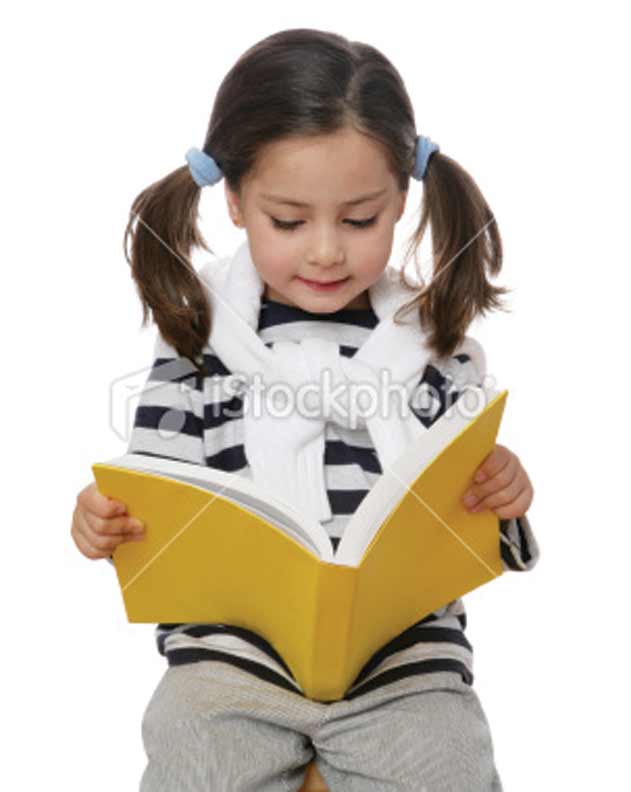
Children who grow up with two or more languages from birth — or shortly thereafter — tend to learn both languages in the same way at the same time. When a child begins developing in one language and a new language is added after about the age of three, the second language learning takes a somewhat different path.
We know that most three-year-olds understand and use a lot of language and understand how language works. Their second language is based on that knowledge. Social and emotional factors influence children’s learning of a second language. Some children might be shy or embarrassed about trying a new language. But, with the right learning environment, child-centered activities and a natural approach to teaching a second language, the child will thrive and love learning. Continuing support in a natural environment provides a solid foundation that makes the learning of the second language successful.
Children in a bilingual environment actually become even more aware of their own language and learn to think and act in more flexible ways. They develop a better ability to understand other people’s way of thinking and have a better understanding for people who speak a different language. Young children between the ages of 2-5 can successfully learn any language in addition to their own.
There are many stages of second language development that helps a child through the learning process. The learning process depends on when the child starts learning the second language, their skills in the first language and the quality of support for learning a new language.
Encourage children to develop rich language vocabulary by building concepts while talking during play or in hands-on learning. During the early years of a child’s development, vocabulary is best learned actively and in context. For example, children are more likes to learn the names of different fruits by holding the actual fruits and talking about their properties, shapes and how they smell and taste. Finding books, games, catalogs, pictures or music enhances the learning experiences.
For infants and toddlers, using board books and picture books that show faces, clothes and activities of people help develop meaningful conversations. Infants brains are very well equipped to learn one or more languages. Building on those learning experiences in a fun and natural way will help with their language development and it can be critical to helping the child learn new things. It is a good idea to introduce infants to high-quality language experiences in their second language so they can continue learning in both languages throughout the early years. Singing songs or learning simple greetings will help them gain confidence in speaking. Children can learn simple phrases, sentences and greetings in languages used in the community so they can talk with people they meet.
Toddlers can learn pragmatic skills that help them to be better communicators. When learning to speak, teaching the child to speak slowly, repeat, show what they want, and be gentle and patient when trying to understand others, you are also helping them learn to interact more effectively with friends.
In our Jewish community Hebrew is a part of our very essence. We utilize it in so many ways. The most successful way to ensure our children gain an understanding and a comfort level of Hebrew, we should begin teaching them the language from as young an age as possible.
Being immersed in a second language is the most effective way for young children to learn another language. Early contact with a new language forms the basis for expansive cognitive development and learning.
Article Submitted by the Educational Administration of Harkham Hebrew Academy